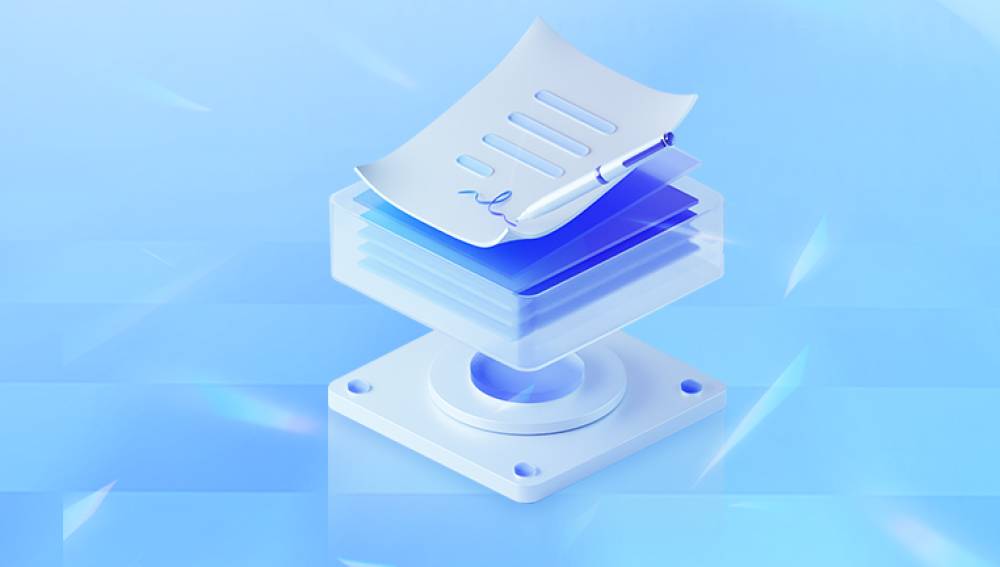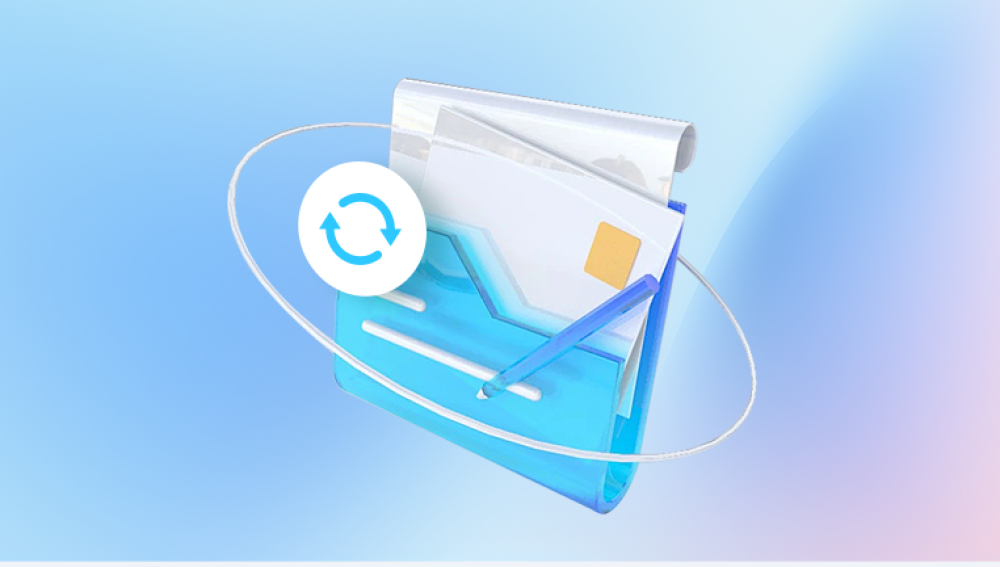Finding a completely free data recovery tool with no recovery limits can be challenging, as most free versions of data recovery software come with certain limitations, such as a cap on the amount of data that can be recovered or limited access to advanced features. However, there are a few options that come close to offering unlimited recovery without a cost. Here are some notable ones:
You can completely choose our Drecov Data Recovery software in the form of a monthly or yearly package, with very few restrictions, which is sufficient for your safe use and the perfect choice.
https://recovery.pandaoffice.com/data-recovery-windows/

1. PhotoRec
Overview: PhotoRec is an open-source data recovery tool that focuses on recovering lost files including videos, documents, and archives from various storage devices. It is free and has no recovery limits, making it a popular choice among users looking for a no-cost solution.
Features:
Recovers a wide range of file formats.
Supports hard drives, CDs, and various memory cards.
Works with numerous file systems like FAT, NTFS, ext2/3/4. and HFS+.
Available for multiple operating systems including Windows, macOS, and Linux.
Advantages:
Completely free and open-source.
No data recovery limits.
Effective at recovering a variety of file types.
Cross-platform compatibility.
Disadvantages:
Command-line interface may be challenging for some users.
Lacks the user-friendly GUI of paid alternatives.
2. TestDisk
Overview: TestDisk, developed by the same team as PhotoRec, is also an open-source tool primarily aimed at recovering lost partitions and making non-booting disks bootable again. It is free and has no recovery limits.
Features:
Recovers lost partitions and fixes disk boot issues.
Supports a wide range of file systems including FAT, NTFS, ext2/3/4. and more.
Available for multiple operating systems including Windows, macOS, and Linux.
Advantages:
Completely free and open-source.
No data recovery limits.
Powerful recovery options for partitions and boot issues.
Cross-platform support.
Disadvantages:
Command-line interface may be difficult for beginners.
Not focused on individual file recovery.
3. DMDE Free Edition
Overview: DMDE (DM Disk Editor and Data Recovery Software) is a powerful data recovery tool that offers a free edition with some limitations but still provides significant functionality for recovering lost data.
Features:
Recovers data from various storage devices including HDDs, SSDs, USB drives, and more.
Supports many file systems like FAT, NTFS, and ext2/3/4.
Includes a disk editor for advanced recovery and repair tasks.
Available for Windows, macOS, and Linux.
Advantages:
Free version available with substantial recovery features.
Effective at recovering lost data from various devices.
Includes advanced tools for disk editing and recovery.
Disadvantages:
Free version may have limitations on the number of files that can be recovered in one session.
Advanced features may require a learning curve.
4. Puran File Recovery
Overview: Puran File Recovery is a free data recovery tool that can recover deleted files from various storage devices. It is known for its ease of use and effectiveness in recovering lost data.
Features:
Recovers deleted files from hard drives, USB drives, memory cards, and other storage devices.
Supports FAT and NTFS file systems.
Offers a deep scan mode for thorough recovery.
Compatible with Windows.
Advantages:
Completely free for personal use.
User-friendly interface.
Effective deep scan mode for finding lost data.
Disadvantages:
Only available for Windows.
May not be as powerful as some paid alternatives for complex recovery scenarios.
While fully free and unlimited data recovery tools are rare, PhotoRec and TestDisk stand out as reliable, open-source options with no recovery limits. They do require some technical know-how due to their command-line interfaces. For those preferring a graphical interface, DMDE Free Edition and Puran File Recovery are viable alternatives, though they may have some limitations compared to their paid counterparts. When choosing a data recovery tool, it's important to consider the specific needs and technical capabilities of the user.




